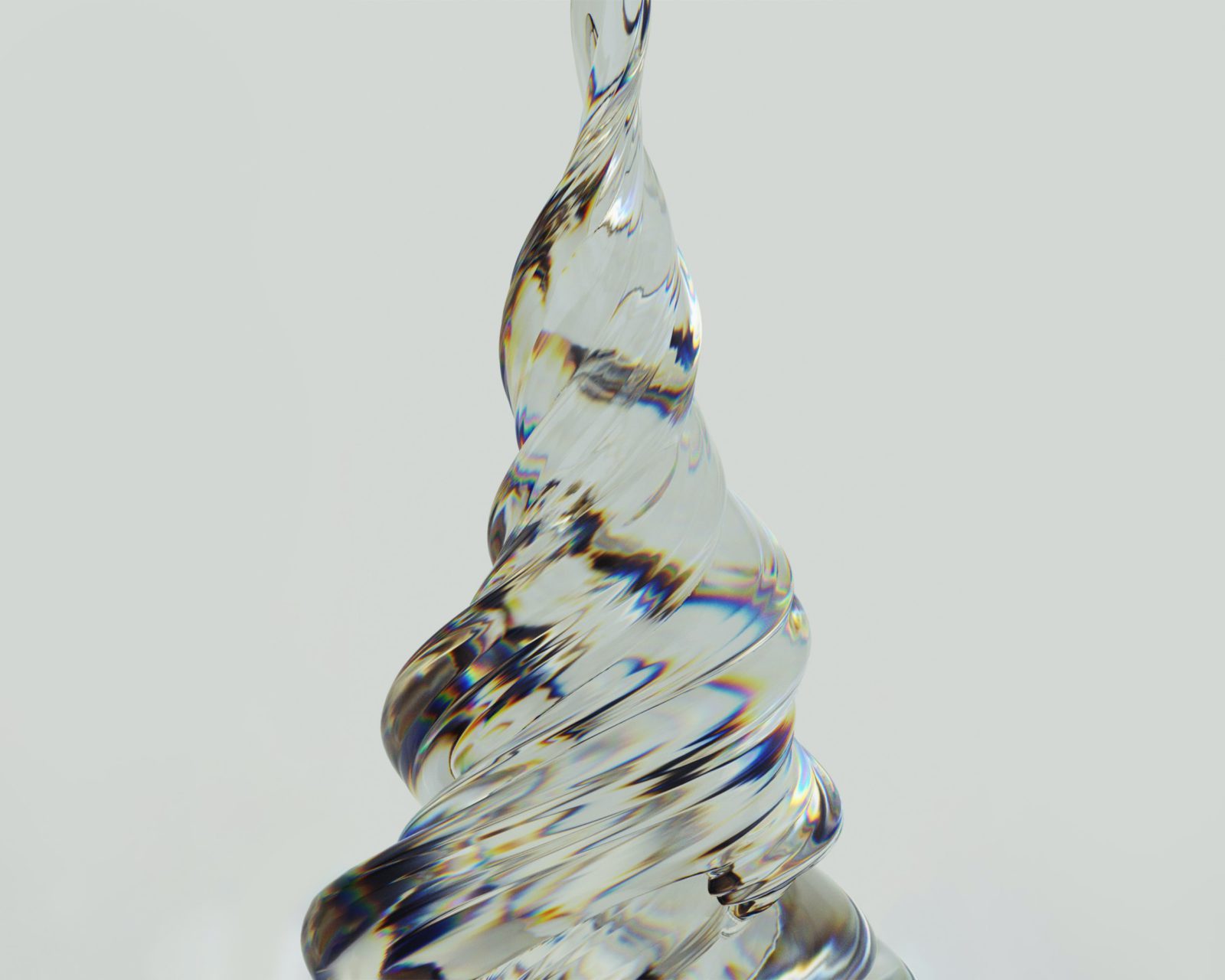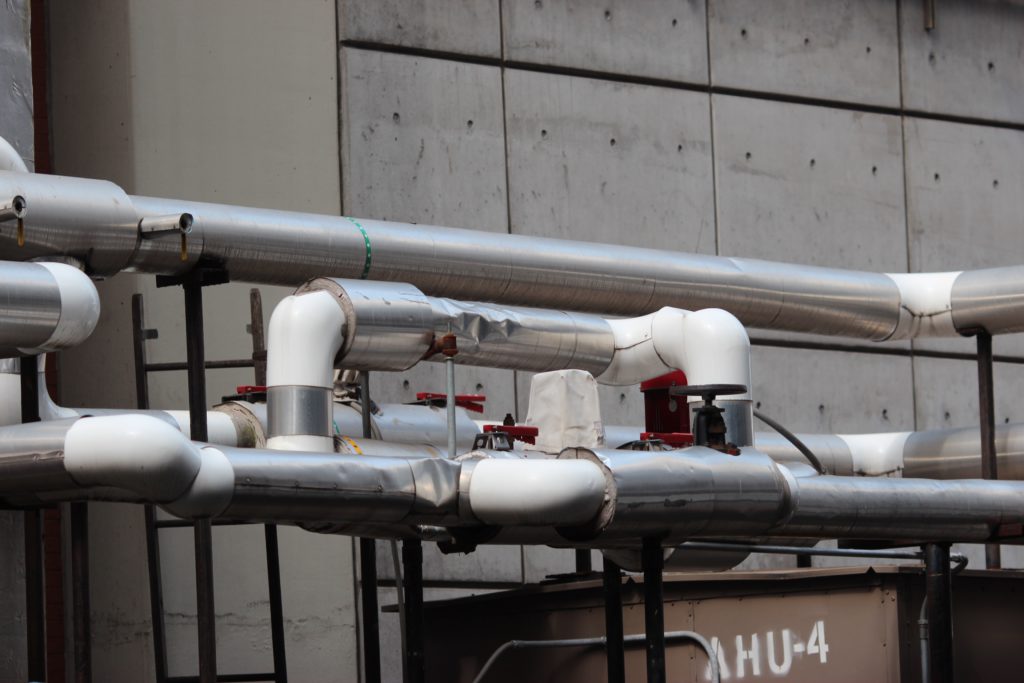What Is Internal Flow?
Internal flow is the transport of fluids in pipes, ducts and conduits (flow sections). There are different flow regimes for the flow of fluids: laminar flow, transitional flow, and turbulent flow. Flow regimes mainly depend on the ratio of inertial forces to viscous forces, with the ratio being called the Reynolds number.

For non-circular pipes, the Reynolds number is based on the hydraulic diameter Dh.

Flow Regimes
For the different flow regimes in circular pipes, the Reynolds number is different (Figure 1):
- Laminar flow, Re < 2300 – characterised by smooth streamlines and highly ordered motion.
- Transitional flow, 2300 < Re < 4000 – flow switches between laminar and turbulent randomly.
- Turbulent flow, Re > 4000– characterised by velocity fluctuations and highly disordered motion.

Entrance of Pipe Flow
The boundary layer is a region where the viscous shearing forces caused by fluid viscosity are felt. At the boundary layers hypothetical surface divides the flow into two areas (Figure 2) (Course hero, 2020):
- The boundary layer region – a region of flow in which viscous effects and velocity changes are significant.
- Irrotational (core) flow region – frictional forces are negligible, and velocity remains constant in the radial direction.

When the temperature profile is constant, the flow is fully developed, with hydrodynamically developed flow equivalent to fully developed flow.
For laminar flow, the velocity profile in the fully developed region is parabolic and somewhat flatter in the turbulent area (Figure 3).

The hydrodynamic entry length is the distance from the pipe entrance to where the wall shear stress (and thus the friction factor) reaches within about 2% of the fully developed value (TEXSTAN, 2021). For laminar flow, the hydrodynamic entry length is given approximately when the temperature profile is unchanging (Figure 4).

During turbulent flow, due to the intense mixing, random fluctuations dominate the effects of molecular diffusion. Thus, the hydrodynamic entry length is approximated:

References
Course hero. (2020). MEC554 FLUID LAB 2 FLOW PAST CYLINDER. Retrieved from Course hero: https://www.coursehero.com/file/47519253/MEC554-FLUID-LAB-2-FLOW-PAST-CYLINDER-COMPILEpdf/
jaimeirastorza. (2017). transition laminar turbulent flow. Retrieved from jaimeirastorza: https://jaimeirastorza.wordpress.com/2017/03/17/elegance-in-flight-book-review/transition-laminar-turbulent-flow/
slidetodoc. (2020). Viscous flow in ducts Circular and noncircular ducts. Retrieved from slidetodoc: https://slidetodoc.com/viscous-flow-in-ducts-circular-and-noncircular-ducts/
TEXSTAN. (2021). TEXSTAN Glossary of Terms – definitions and explanations. Retrieved from TEXSTAN: http://texstan.com/glossary.php

Dr. Adam Zaidi, PhD, is a researcher at The University of Manchester (UK). His doctoral research focuses on reducing carbon dioxide emissions in hydrogen production processes. Adam’s expertise includes process scale-up and material development.’



